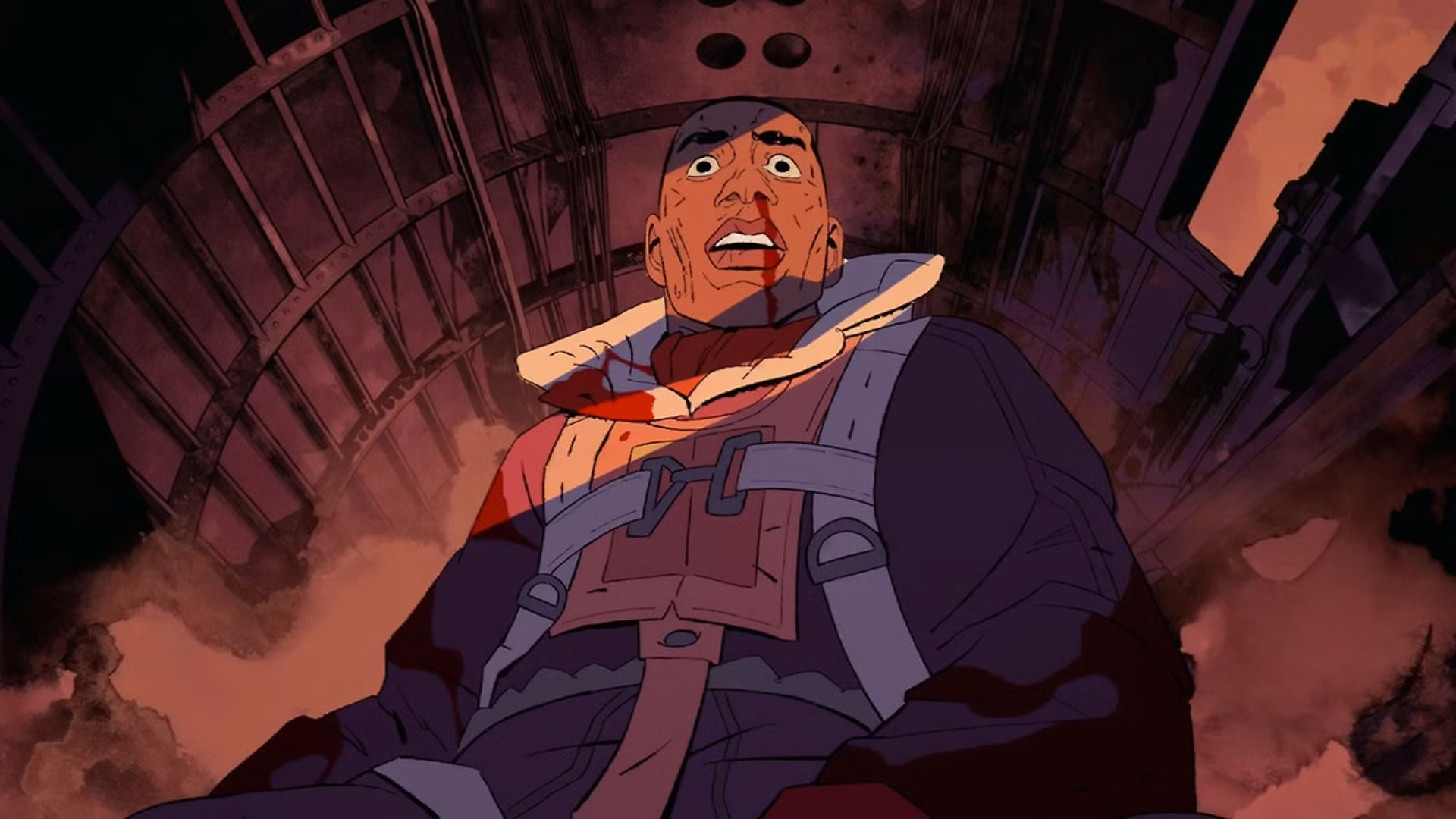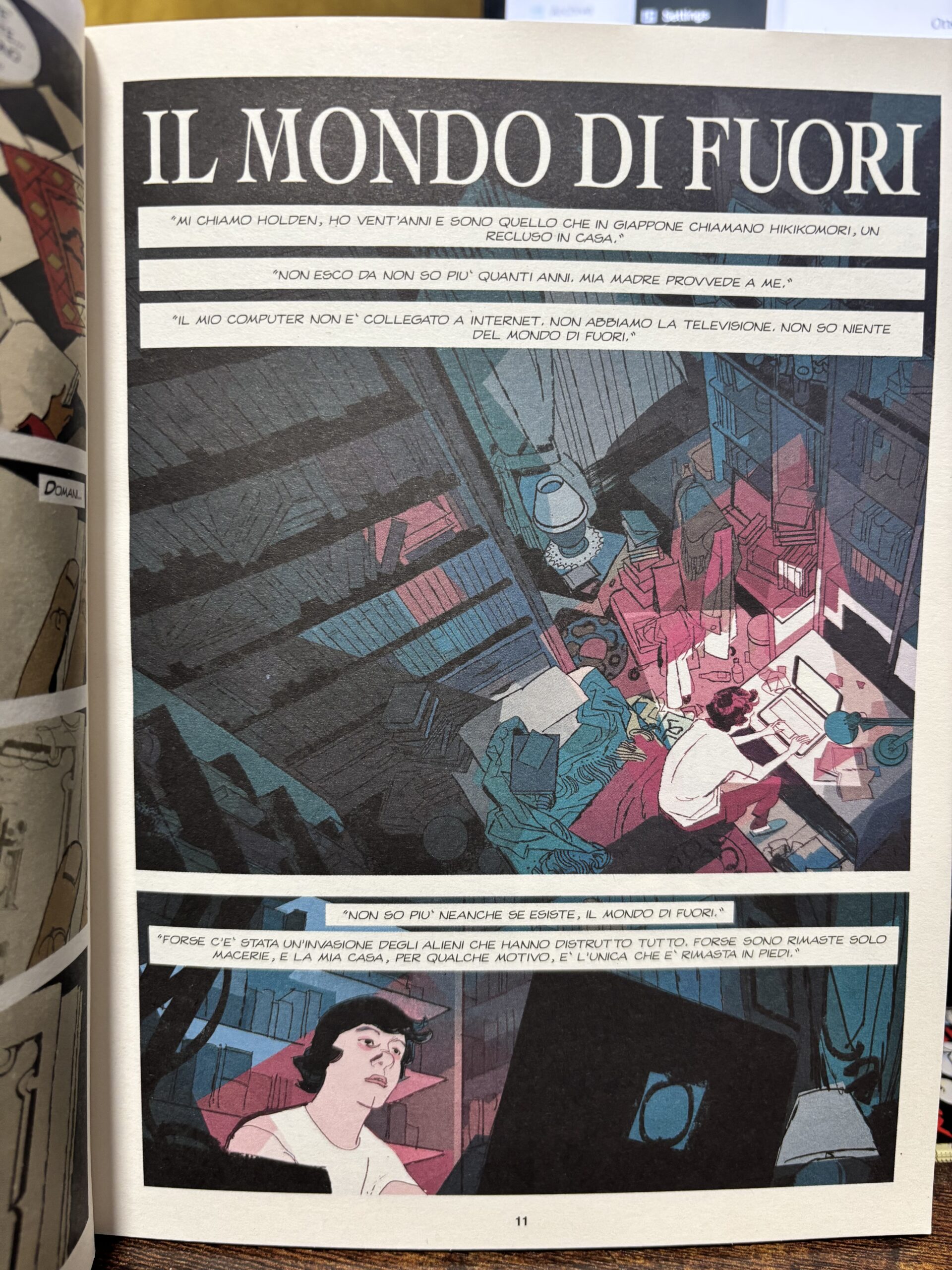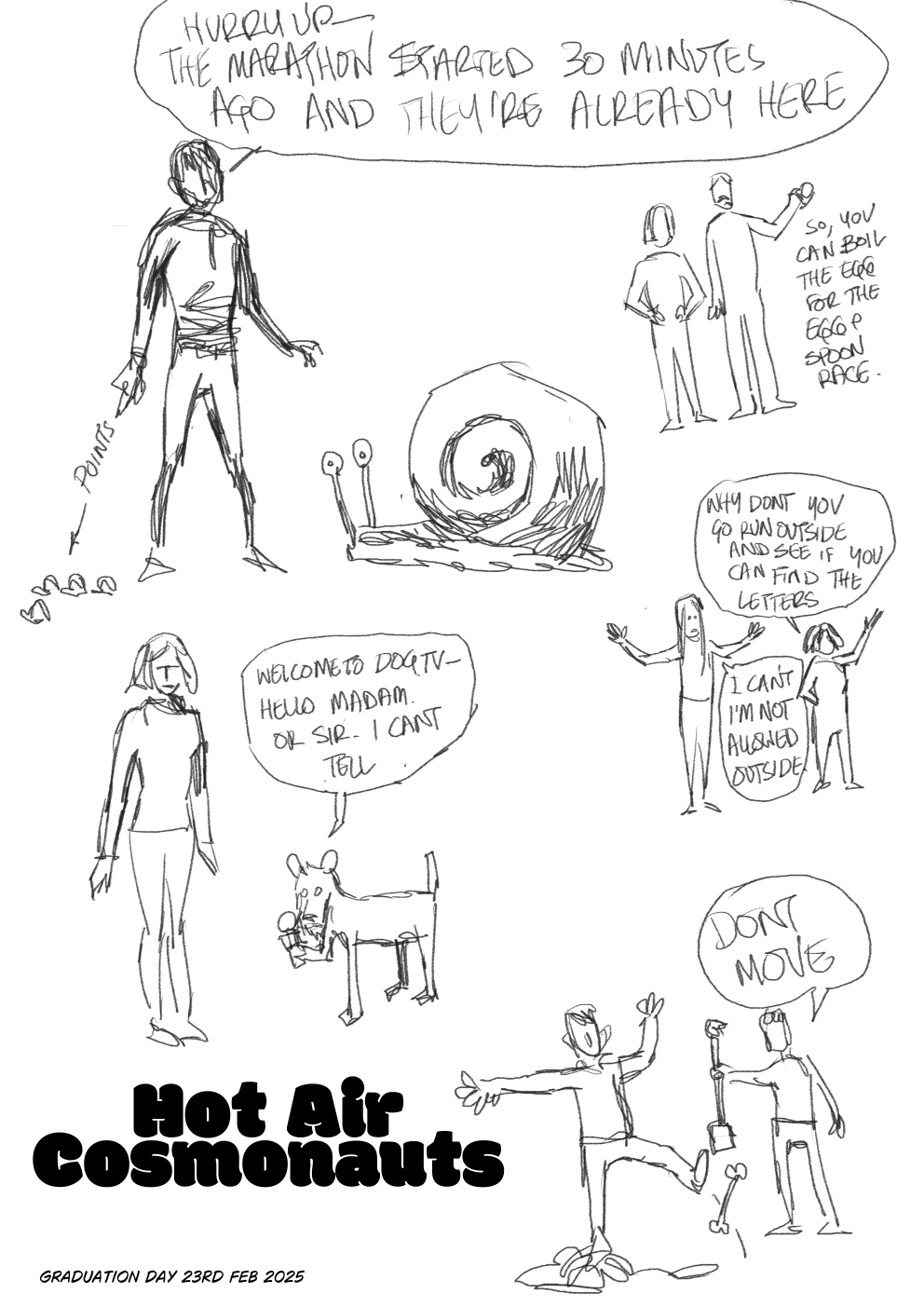Went on a cruise with my dad, any one who knows me and my dad could predict the outcome, but we did it any way. He’s getting on in years (79 this year, falling apart but also in rude health) and he’s got a bit of money (not minted, largely what he got from selling me the house) and he likes to go on a cruise and he’s taken my brothers with him over the years, and I felt like I should go with him out of a familial duty (the offer of a free holiday sounds attractive, but honestly not to me).
In the course of that, I wrote rather a lot about it on bluesky, and quite a lot of people suggested there’s at least a autobiographical comic in it, so if I find time I’m going to organise those thoughts and try and do that.
Also, while away I wrote out the 42 page Terran Omega story, did it in bullet point, and I’m determined to write/draw that story, possibly by taking those bullet points and drawing one page per week.
I’d like to get to the end of this year with at least a couple of projects that are entirely mine.
Having come back to the blog, I’ve tried posting stuff over on patreon, because, well, some people signed up for my patreon and then, I suspect, forgot to unsubscribe, and frankly, the accumulated cash of two years of that patreon money was enough this month to make sure I didn’t feel like I was gonna go broke, so I bunged some content there, but honestly, I sort of hate how it’s displayed in the blog here. I hate having two places (three if you count bluesky) for writing my thoughts, but here’s what I think will happen:
Patreon for behind the scenes stuff that I absolutely can’t show around (ie unused sketches, covers, etc) that’ll be paid for.
Patreon / Blog for posting comics/updates/etc. Free stuff.
Blog for everything else (and that will remain free)
Bluesky for daily nonsense.
I’m going to try and disentangle the blog from the patreon, so you don’t get horrid “Oh you should sign up to Patreon to read this” I find it makes me angry so god knows what it’s doing to you, dear reader.
I found an italian book shop on the cruise, and later a comic shop, and picked up some Dylan Dog – I have some of the early Dark Horse English translations of Nathan Never, but never managed to pick up their Dylan Dog (which is a shame, and the books are insanly priced now) but the books I picked up in the comics shop and the book shop – both by Cavenago on art and just gorgeous looking! insanely beautiful work, and two coincidences came out of this, the first I was watching the new series of Love Death and Robots and the episode How Zeke Got Religion, was art directed by Cavenago – it’s a glorious thing, and I highly recommend it.

The second odd coincidence is from the Dylan Dog book I “Dylan Dog presenta I RACCONTI di Domani” (or “Dylan Dog Presents Stories of Tomorrow”)
One of those stories begins with the line “Mi Chiamo Holden” – “My name is Holden”. Anyway, weird world, what?







